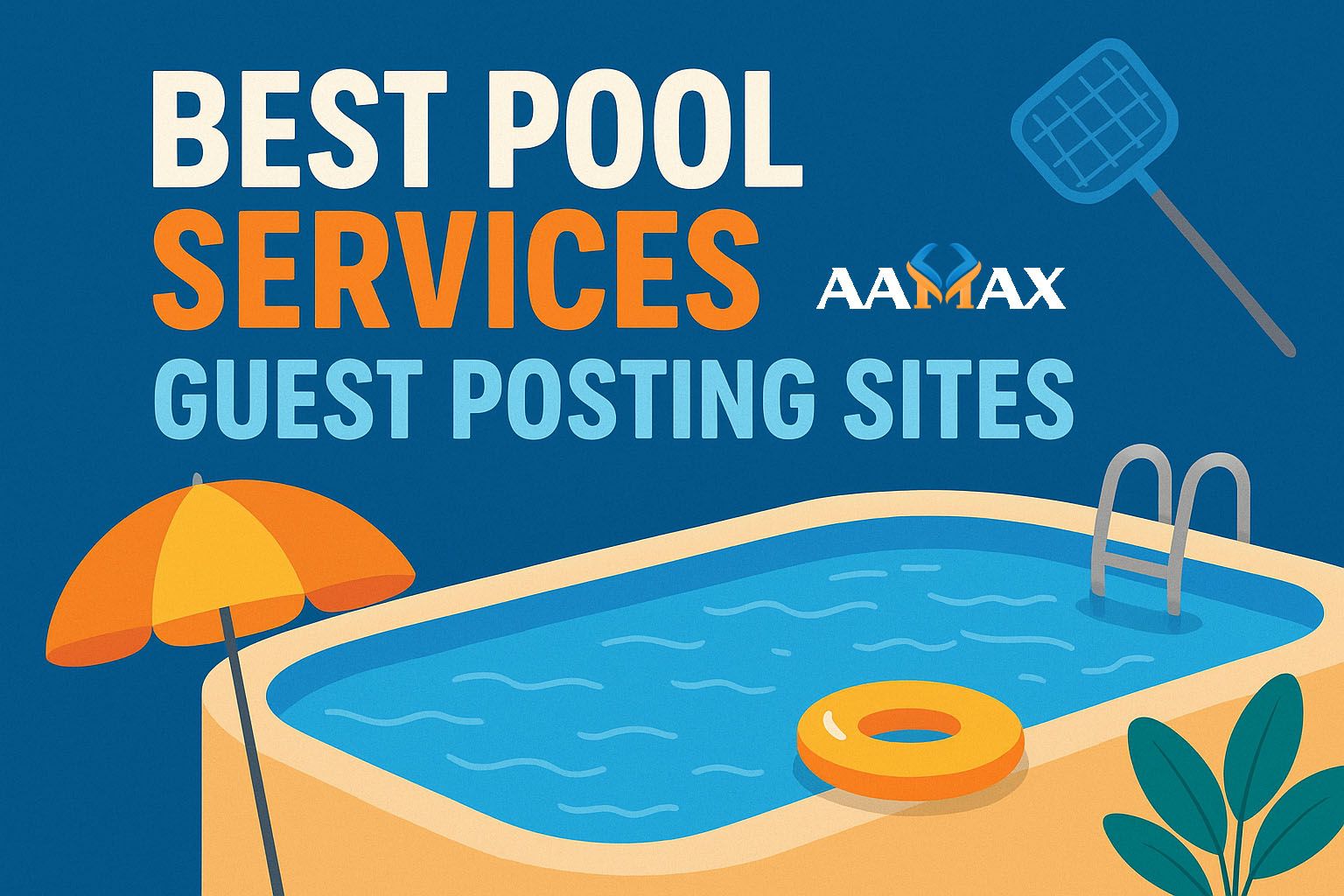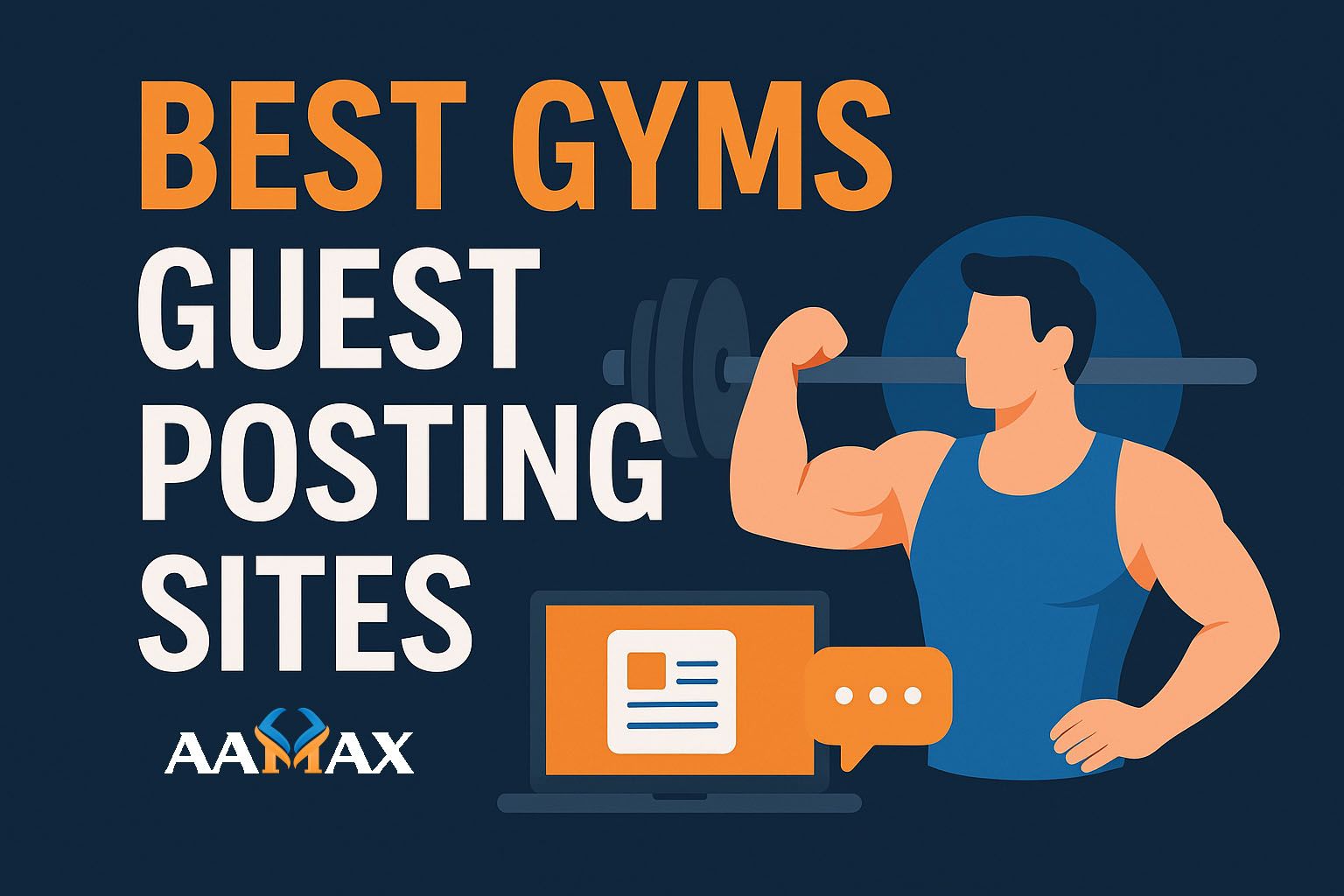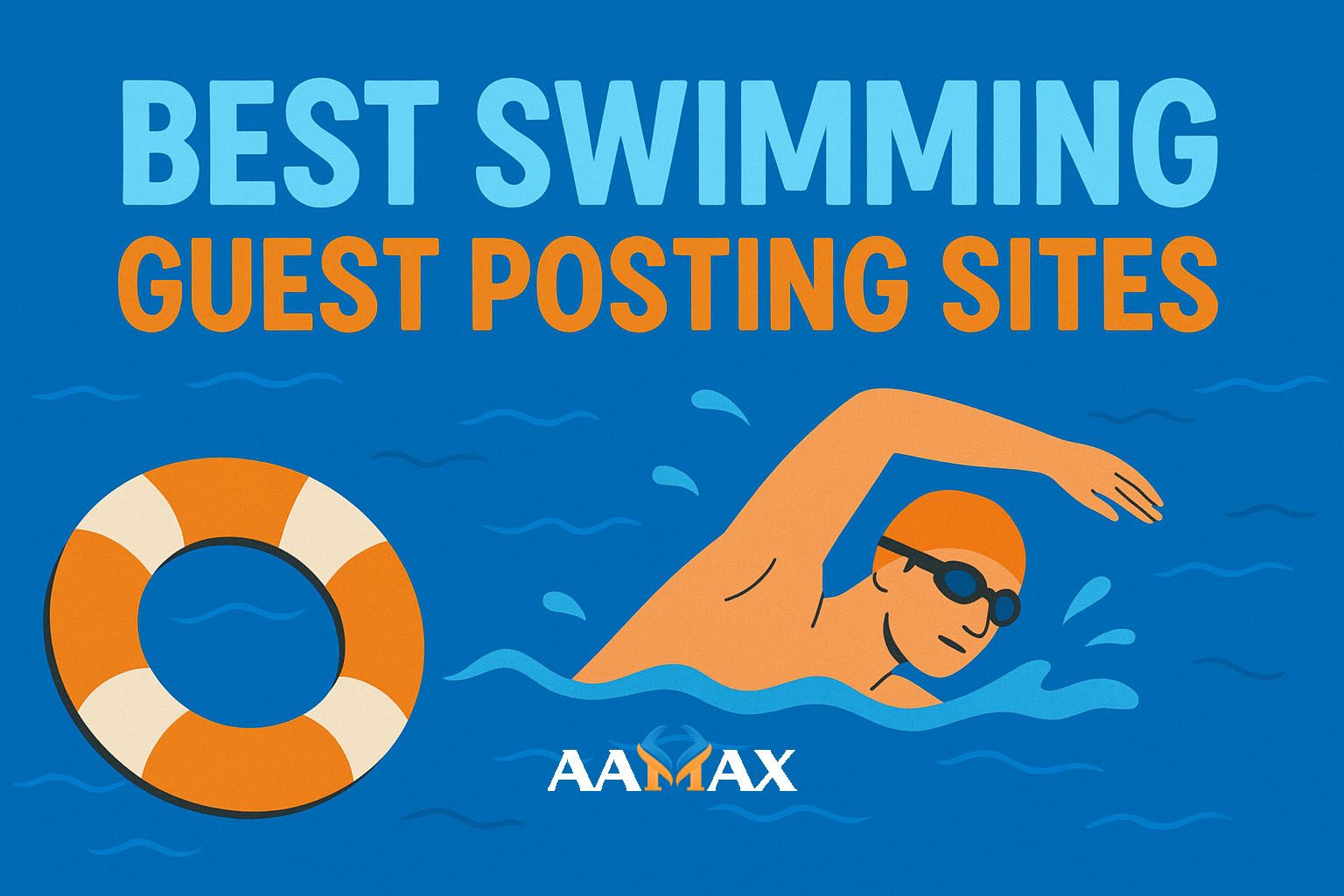
What Is Clickbait and Is It Good or Bad?
In the ever-evolving landscape of digital content, one term has emerged as both a strategy and a controversy: clickbait. You've likely encountered it — headlines screaming "You Won’t Believe What Happened Next!" or "This Trick Will Change Your Life Forever!" Such attention-grabbing tactics have become ubiquitous across social media, news platforms, blogs, and video content.
But what exactly is clickbait? Is it merely a clever marketing tool, or does it signify a decline in content quality and trustworthiness? This article explores what clickbait is, why it's so pervasive, and whether it’s ultimately good or bad for digital engagement and brand reputation.
What Is Clickbait?
Clickbait refers to online content that is designed to attract attention and encourage visitors to click on a link. It typically uses sensational, misleading, or emotionally charged headlines and thumbnails to provoke curiosity — often at the expense of content relevance or quality.
Common Characteristics of Clickbait:
- Exaggerated or sensational headlines
- Withholding key information ("You’ll never guess what happened…")
- Emotional triggers (fear, surprise, anger, happiness)
- Use of ellipses and cliffhangers
- Listicles and shock-value formats
For example, a headline like "This Simple Habit Will Make You a Millionaire" might be categorized as clickbait if the content fails to deliver substantial or honest information.
Why Is Clickbait So Popular?
Clickbait thrives because of how our brains are wired and how the digital ecosystem works. Humans are naturally curious, and clickbait plays into that curiosity using techniques rooted in behavioral psychology.
Psychological Triggers:
- Curiosity gap: A headline hints at information but withholds the full story.
- Fear of missing out (FOMO): Readers don’t want to miss something important or viral.
- Emotional resonance: Strong emotions drive clicks and shares.
Platform Incentives:
- Ad revenue: More clicks often mean more ad impressions and higher earnings.
- Social sharing: Catchy titles are more likely to be shared, boosting reach.
- SEO and engagement metrics: Click-through rates are a key performance metric for search engines and social media algorithms.
In short, clickbait works — at least when it comes to grabbing attention.
The Good Side of Clickbait
While clickbait often has a negative connotation, it isn't all bad. When used ethically and creatively, clickbait techniques can be a powerful part of a digital marketing strategy.
1. Increases Engagement
A compelling headline can significantly improve your content's visibility and reach. When done right, it pulls users into content they may genuinely find valuable.
2. Drives Traffic
Whether you're a blogger, business, or influencer, traffic is crucial. Clickbait can provide a short-term spike in visits, which can be useful for product launches or campaigns.
3. Encourages Virality
Clickbait headlines are often designed to be shared. Emotional, surprising, or funny headlines can go viral, increasing brand awareness and follower count.
4. Boosts Revenue (Temporarily)
For publishers relying on ad revenue, more clicks generally mean more money. A viral article can sometimes generate thousands of dollars in revenue within hours.
The Bad Side of Clickbait
Despite its advantages, clickbait comes with serious drawbacks. Many of these stem from a disconnect between the headline and the content, leading to user frustration and diminished trust.
1. Damages Credibility
When users click on a headline expecting one thing and get another, they feel misled. This erosion of trust can hurt your brand or website's long-term reputation.
2. High Bounce Rates
If the content doesn’t match the headline, users are likely to leave quickly — increasing your bounce rate and negatively impacting your SEO ranking.
3. Content Fatigue
People grow weary of sensational content that doesn’t deliver. Over time, your audience may become less responsive, leading to engagement fatigue.
4. Social Media Penalties
Platforms like Facebook and Google have started penalizing misleading clickbait. In some cases, posts may be demoted in rankings or flagged for misinformation.
Clickbait vs. Effective Content Marketing
It’s important to draw a line between clickbait and effective content marketing. While both aim to attract attention, their methods and outcomes are very different.
| Criteria | Clickbait | Effective Content Marketing | |---------|-----------|-----------------------------| | Goal | Maximize clicks | Provide value and build trust | | Tactics | Sensational headlines | Targeted, SEO-optimized titles | | Content quality | Often low or misleading | High-quality, informative | | Long-term value | Low | High | | User trust | Damaged over time | Strengthened over time |
Verdict: If your goal is to grow a loyal audience or build a sustainable brand, content marketing wins every time.
Ethical Clickbait: Is There Such a Thing?
Yes, and it's often referred to as "curiosity-driven content" or "value-based clickbait." The key difference lies in delivering on the promise made by the headline.
Examples of Ethical Clickbait:
- “5 Strategies Top CEOs Use to Stay Productive” – provided the article delivers real strategies.
- “This One Mistake Could Be Costing You Thousands” – if it genuinely identifies a critical financial misstep.
These headlines are attention-grabbing but not misleading — they entice readers without betraying their trust.
Tips for Writing Better Headlines (Without Resorting to Clickbait)
- Be clear and specific: Don’t make readers guess what the content is about.
- Use numbers and lists: Listicles perform well without being clickbait.
- Incorporate keywords: Good for SEO and for setting reader expectations.
- Address a pain point or question: Show how your content solves a real problem.
- Test your headlines: Use A/B testing or tools like CoSchedule’s Headline Analyzer.
Clickbait and SEO: A Risky Relationship
While clickbait might boost click-through rates (CTR) in the short term, it can have detrimental effects on search engine optimization in the long run.
Negative SEO Impacts:
- High bounce rates: Signal to Google that content isn’t relevant.
- Low dwell time: If users don’t stay, Google may lower your rankings.
- Poor backlinks: Misleading content is less likely to be referenced or shared by credible sources.
Google’s algorithms are increasingly good at filtering low-quality content. So, if you’re serious about SEO, avoid deceptive practices.
Should Businesses Use Clickbait?
Businesses should be cautious with clickbait. While the short-term traffic spike might be tempting, the long-term costs often outweigh the benefits.
When It Might Make Sense:
- Launching a product and needing fast visibility
- Promoting a time-sensitive offer or event
- Creating buzz for a limited-time viral campaign
Even in these cases, the content must be high-quality and relevant to maintain credibility.
Better Alternatives: Content That Converts
Instead of relying on clickbait, businesses should focus on creating authentic, informative, and engaging content. This not only builds trust but also drives conversions and loyalty.
Content Formats That Work:
- Case studies
- How-to guides
- Infographics
- Explainer videos
- Interviews with experts
- SEO-optimized blog posts
For businesses looking to build a robust online presence, working with a professional digital marketing partner can make all the difference.
Hire AAMAX for Strategic Digital Marketing
If you're serious about growing your business without resorting to cheap tricks like deceptive clickbait, hire AAMAX.
AAMAX is a full-service digital marketing agency that specializes in:
- Web Development
- SEO Services
- Social Media Management
- Performance Marketing
- Conversion Rate Optimization
With a results-driven approach and a focus on long-term success, AAMAX helps brands build trust, boost visibility, and drive real ROI.
Whether you're launching a new product, revamping your website, or scaling your SEO strategy, AAMAX has the expertise to deliver.
Final Thoughts
Clickbait is a double-edged sword. It can drive massive traffic, but it can also erode trust, hurt your SEO, and damage your brand. In an age where authenticity and user trust are more valuable than ever, it's crucial to weigh the pros and cons before diving into clickbait tactics.
Ultimately, the best approach is to create content that people genuinely want to read, watch, and share — and that’s where expert guidance can help.
Let AAMAX show you how to rise above clickbait and succeed with ethical, effective digital marketing.







